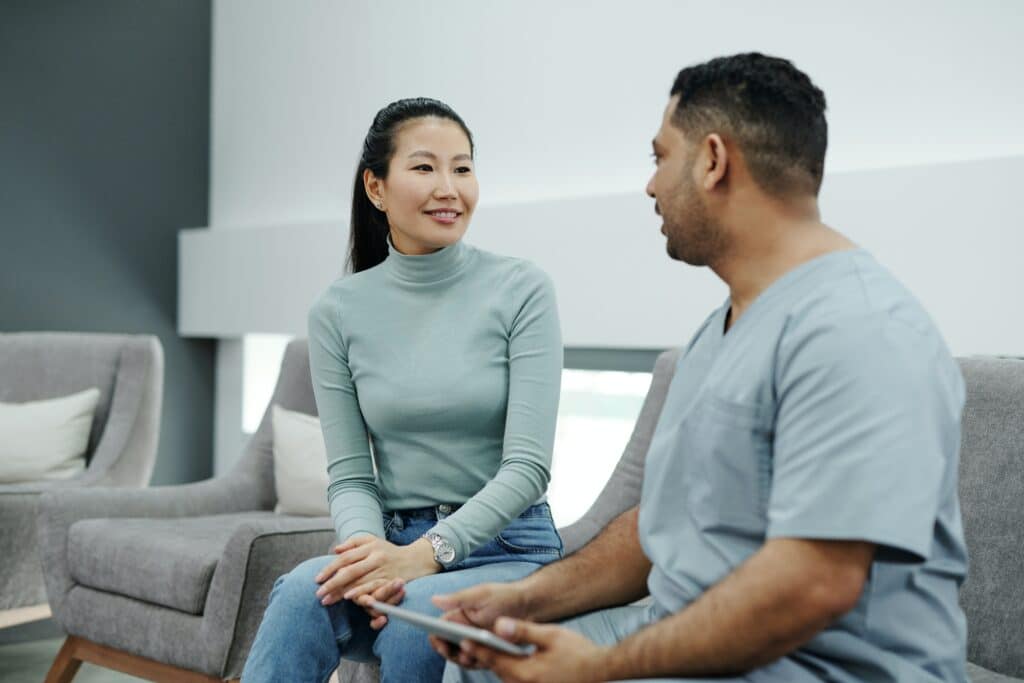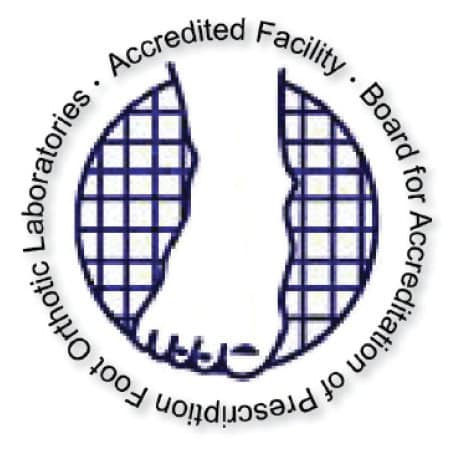If you’re getting fitted for a pair of custom orthotics, your practitioner will likely conduct a biomechanical analysis, commonly called gait analysis.
Because custom orthotics are (as you’d expect!) 100% customized to your own unique needs, all licensed practitioners will need to learn more about the biomechanics of your body.
Your doctor – whether it is a podiatrist, chiropodist, chiropractor, pedorthist, or physiotherapist – will examine your gait and your joints starting from your feet and to detect any problem that may cause pain.
What to expect from your consultation:
1. Reception
Patient is first greeted at reception and then introduced to their doctor in an examination room. It is during the reception that you will meet your professional. He or she will begin the assessment while answering the patient’s questions.
2. History
The medical history, case history, or anamnesis is an evaluation of the patient’s history and medical history. It is during this stage that the practitioner will ask bout your current pain and medical history. The objective is to create a documented portrait of your condition in order to be able to continue the assessment with full knowledge of the facts.
3. Evaluation
The assessment begins with observing your posture, including your ankles, hips, back and shoulders. Your practitioner will likely have you walk away, and then walk back towards them, in order to observe your gait and the way your heel “strikes” the ground. This will give an indication on whether you pronate (evert) or pronate (invert) your feet and ankles as you walk. These are conditions that are commonly corrected through custom orthotics.
If the practitioner feels that custom orthotics are a useful option in your treatment plan, they will take a plaster cast, foam mold, or a 3D scan of your foot. Whichever method they use, they are getting a unique, accurate composition of your foot, that will be digitized using CAD/CAM technology by a professional laboratory to create a fully-custom orthotic.
Some practitioners used to use “weight-bearing mats,” which measured the weight distribution as patients walked, but these 2D mats have difficulty finding your “true” arch, which can create poor contact with custom orthotics. Most practitioners have transitioned away from using these mats, but some may still use it in conjunction with 3D scanning to get a full picture of your gait.
4. Observations
Your doctor will conclude your evaluation with feedback on these observations and will share with you the problems observed if necessary. Often, a followup appointment will be scheduled once the orthotics are complete, in order to ensure they fit correctly.




